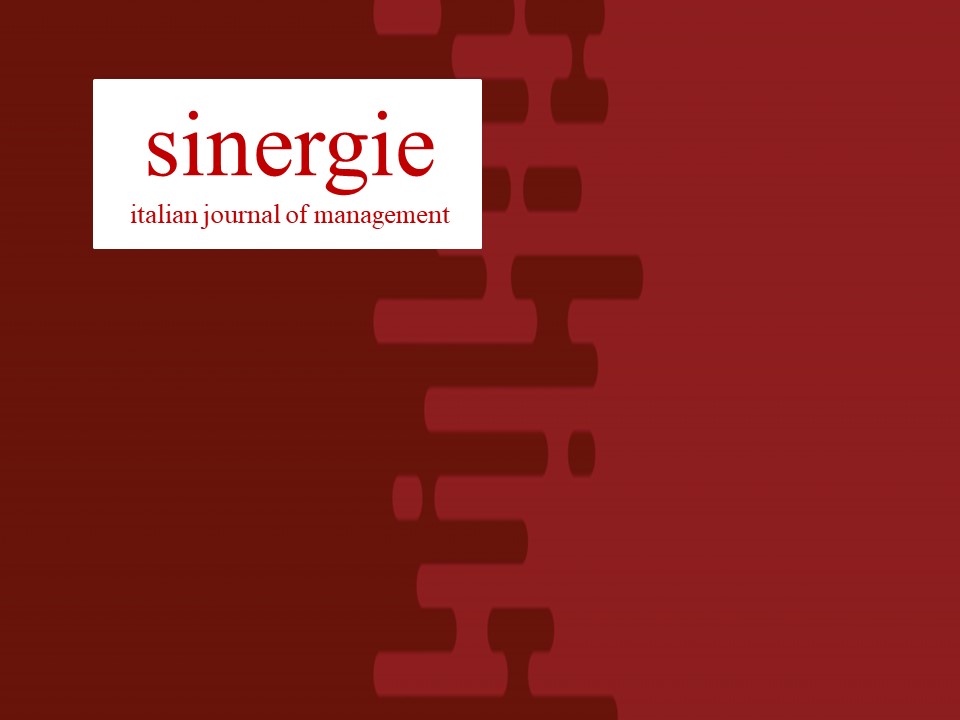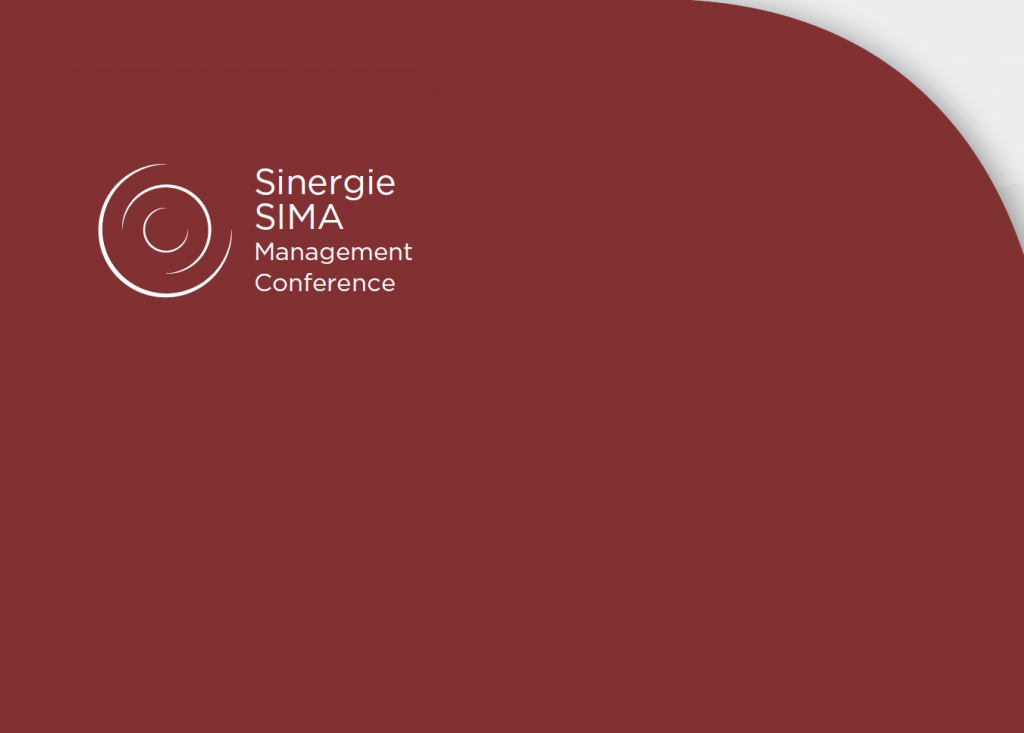The internationalization of wine SMEs in the midst of the economic crisis: pilot case studies from Greece, Albania & FYROM
Purpose of the paper: This paper explores the internationalization efforts of wine SMEs in three neighboring countries, namely Greece, Albania and FYROM. The aim is to identify particular issues faced by small wine producers in order to determine the variations among the countries.
Methodology: Multiple case study analysis was used. In depth interviews with two wine entrepreneurs from each country were conducted to examine the barriers they are facing with their export activities.
Findings: Interestingly enough, all three countries face similar barriers. The results indicate that negative Country of Origin Effect, Brand Equity and the Availability of Resources (due to their small size) are common and considered major export obstacles for the wine SMEs. However, although Greek wine SMEs have considerably more export experience and higher export performance, their negative Country of Origin Effect and Brand Equity remain major export obstacles.
Research Limitations: The main limitation of this study is the samples characteristics, which do not allow for any generalization of the results and is not necessarily country representative.
Research Implications: This research identifies specific common and prevalent export barriers that the investigated wine SMEs in the region face. Further research is required to explore each of the issues in depth. Furthermore, it is suggested that future research should focus separately on internal or external barriers in order to gain more comprehensive insights.
Originality of the paper: This paper, to the best of our knowledge, is the first to examine and draw conclusions on the internationalization of wine SMEs in three countries of the Balkan Peninsula in the midst of the current economic crisis.
Riferimenti bibliografici
AGOSTINO M., TRIVIERI F. (2014), Geographical indication and wine exports. An empirical investigation considering the major European producers, Food Policy, vol. 46, n. 1, pp. 22-36.
ALONSO A.D. (2011), Internationalization of small and medium New Zealand wineries: an exploratory study, SEAANZ Journal, vol. 17, n. 1, pp. 58-73.
ALONSO A.D., BRESSAN A., OSHEA M, KRAJSIC V. (2014), Exporting wine in complex times: A study among small and medium wineries, Journal of Small Business and Enterprise Development, vol. 21 n. 2, pp. 345-364.
ANDERSSON P., DLUND M., The wine production in FYROM: Does the wine sector have a comparative advantage?, Thesis, Swedish University of Agricultural Sciences, 2011 Its a Thesis. I added it in the end of the title as I saw in citation instructions.
BAXTER B., JACK S. (2008), Qualitative Case Study Methodology: Study Design and Implementation for Novice Researchers, The Qualitative Report, vol. 13, n. 4, pp. 544-559.
BURGESS S.M., STEENKAMP J.B.E. (2006), Marketing renaissance: How research in emerging markets advances marketing science and practice, International Journal of Research in Marketing, vol. 23, n.4, pp. 337-356.
CHANCY I.M. (2002), Promoting wine by country, International Journal of Wine Marketing, vol. 14, n. 1, pp. 34-40.
DALESSANDRO S., PECOTICH A. (2013), Evaluation of wine by expert and novice consumers in the presence of variations in quality, brand and country of origin cues, Food Quality and Preference, vol. 28, n. 1, pp. 287-303.
DAVIES C.A. (2008), Reflexive ethnography: A guide to researching selves and others, Routledge.
DIMITRIEVSKI D., KOTEVSKA A. (2008), Agriculture in the Western Balkans and EU integration – Challenges faced by the agro-food sector in the Republic of Macedonia regarding its integration in the EU markets, DEAS, Ljubljana, pp. 47-67.
EASINGWOOD C., LOCKSHIN L., SPAWTON A. (2011), The drivers of wine regionality, Journal of Wine Research, vol. 22, n. 1, n.1, pp. 19-33.
HAJIDIMITRIOU ?. (2003), International Business Practices, Anikoula, Thessaloniki, Greece
HUSSAIN M., CHOLETTE S., CASTALDI R.M. (2007), An analysis of globalization forces in the wine industry: implications and recommendations for wineries, Journal of Global Marketing, vol. 21, n. 1, pp. 33-45.
KARELAKIS C., MATTAS K., CHRYSSOCHOIDIS G., (2008), Greek wine firms: determinants of export performance, Agribusiness, vol. 24, n. 2, pp. 275-297.
KEY R., EDWARDS W., DUFFY P. (2004), Farm Management, 5th edition, McGraw Hill, Boston.
LEONIDOU L.C. (2004), An analysis of the barriers hindering small business export development, Journal of Small Business Management, vol. 42, n. 3, pp.279-302.
LOPEZ J., GARCIA R. (2005), Technology and export behavior: A resource based approach, International Business Review, vol. 14, n. 1, pp 539-557.
MALDIFASSI J.O., CAORSI J.C. (2014), Export success factors of small- and medium sized firms in Chile, Journal of Small Business and Enterprise Development, vol. 21, n. 3, pp. 450- 469.
MARIANI A., POMARICI E., BOATTO V. (2012), The international wine trade: Recent trends and critical issues, Wine Economics and Policy, vol. 1, n. 1, pp. 24-40.
MAUREL C. (2009), Determinants of export performance in French wine SMEs, International Journal of Wine, vol. 21, n. 2, pp. 118-142.
MILLER K., CHADEE D. (2008), The relevance and irrelevance of the brand for small and medium wine enterprises, Small Enterprise Research, vol. 16, n. 2, pp. 32-44.
NELLA A., CHRISTOU E. (2014), Linking service quality at the cellar door with brand equity building, Journal of Hospitality Marketing and Management, vol. 23, n. 7, pp. 699-721.
NOWAK L., THACH L., OLSEN J.E. (2006), Wowing the millennials: creating brand equity in the wine industry, Journal of Product and Brand Management, 15/5 pp. 316-323.
OLMOS M.F. (2011), The determinants of internationalization: Evidence from the wine industry, Applied Economic Perspectives and Policy, vol. 33, n. 3, pp. 384-401.
OLMOS M.F., VIAL I.D. (2014), The direct and indirect exporting decision in agri-food firms, Agribusiness, vol. 30, n. 2, pp. 148-164.
ORTEGA S.S. (2003), Export barriers: Insights from small and medium-sized firms, International Small Business Journal, vol. 21, n. 4, pp. 403-419.
PINHO J.C., MARTINS L. (2010), Exporting barriers: Insights from Portuguese small and medium sized exporters and non-exporters, Journal of International Entrepreneurship, vol. 8, n. 3, pp. 254-272.
PLA-BARBER J., ALEGRE J., (2007), Analyzing the link between export intensity, innovation and firm size in a science based industry, International Business Review, vol. 16, n. 1, pp. 275-293.
RAMASAWAMI S.N., YANG Y. (1990) Perceived barriers to exporting and export assistance Requirements, International Perspectives on Trade Promotion assistance, Quorum Books, Westport, CT, pp. 187-206.
ROPER S., LOVE J. (2002), Innovation and export performance. Evidence from the U.K. and German manufacturing plants, Research Policy, vol. 31, n. 1, pp. 1087-1102.
SCALERA F., ELEZI D. (2012), Globalization and the wine market: developments in the small Albanian context, International Journal of Business and Globalization, vol. 8, n. 1, pp. 49-65.
VAN WYNSBERGHE R., KHAN S. (2007), Redefining Case Study, International Journal of Qualitative Methods, vol. 6, n. 2, pp. 80-94.
VLACHEVI A., NOTTA O., EFTERPI T. (2012), Branding strategies in Greek wine firms, Procedia Economics and Finance, vol. 1, n. 1, pp. 421-430.
WICKRAMASEKERAA R., BIANCHI C.C. (2012), Management characteristics and the decision to internationalize: exploration of exporters vs. non-exporters within the Chilean wine industry, Journal of Wine Research, vol. 24, n. 3, pp. 195-209.
YANNOPOULOS P. (2010), Export assistance programs: Insights from Canadian SMEs, International Review of Business Research Papers, vol. 6, n. 5, November 2010, pp. 36-51.
YIN K. (2003), Case study research: Design and methods, 3rd Ed, Thousand Oaks.
Albanian Statistical Authority. (2014), Exports and imports of goods, available at: http://www.instat.gov.al/al/themes/tregtia-e-jashtme.aspx?tab=tabs-5 (accessed 15 September 2014).


